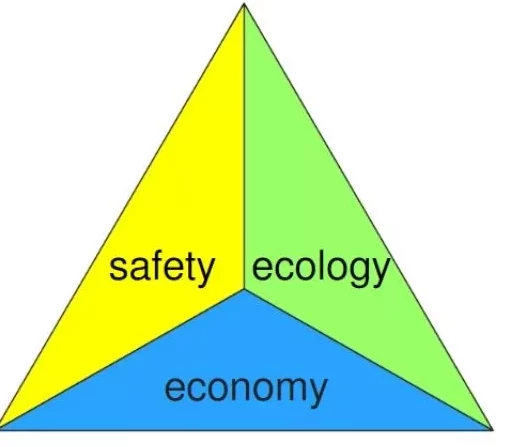Classical thermal power plant technologies don’t offer economical solutions in the range of 1-3 kW electrical power output without subventions. Affordable and energy-efficient combined heat and power plants (CHP) for the private sector in the range of approx. 1-3 kW (electric) can make a significant contribution to the reduction of CO2-emissions. A decentralized approach based on classical thermodynamics and mechanics is a gas-and-steam-turbine based on rotating helical channels. in the outer shell of a rotating cylinder which is part of novel rotating heat pipe. The pressure drop in the rotating helical channels is correlated to tangential force. The shear stress contributes in this case to the mechanical power P=F(tangential)*v(rotating). A significant reduction in CO2-emissions in the area of these very small CHPs can only be achieved by fundamental advances. Therefor we propose a Nano-CHP where the burner is indifferent to the fuel like hydrogen, biofuels, natural gas etc. The central part is an integrated rotating small gas and steam helical system which covers heat transfer from hot gas to water. The pumping. evaporating, propulsion and cooling is embedded in this novel rotating heat pipe which covers therefore parts of the Joule (Brayton) process and the full Clausius-Rankine process. The device itself is divided by a plate into an evaporation and condensation chamber which are sealed by the rotating working fluid. This setup allows for higher pressure differences than in conventional heat pipes. In total a support for the decentralized power and heat cogeneration mainly in winter when sun radiation does not deliver energy is with this approach possible. Further the electrical power grid can be relieved in regions where wind energy is not available. Existing infrastructure for energy supply can be used.
More details will be provided on request. Feel free to contact us.
